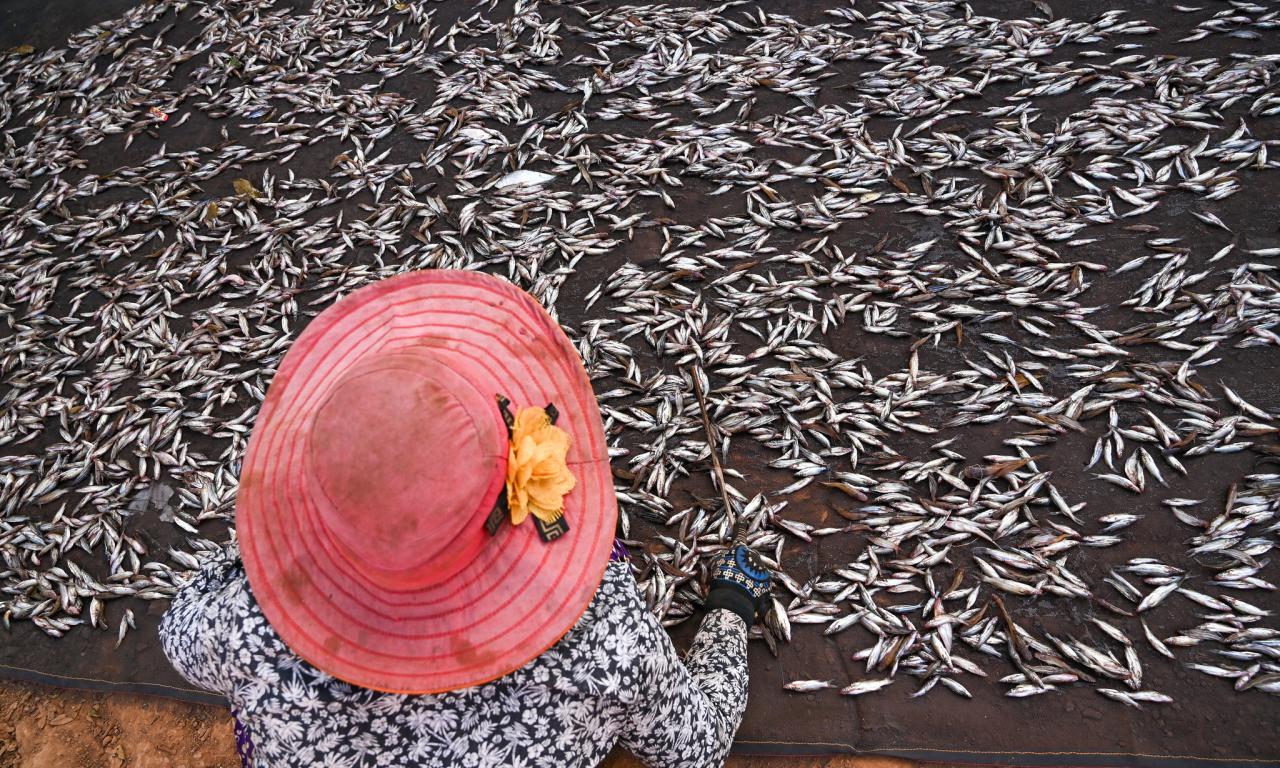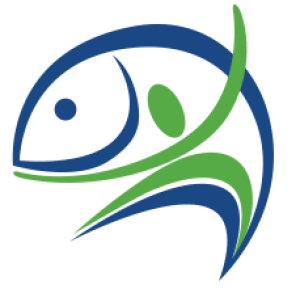
-
Aquaculture and capture fisheries can become more sustainable by focusing on improved management practices and a diversity of species
-
Farmed bivalves and seaweed were found to have the lowest environmental impact of any aquatic food group in a comprehensive environmental impact study
A landmark study has shown significant potential for aquatic foods to become more sustainable, comparing the environmental impact of diverse systems and species and determining those that place the least pressure on the environment like seaweeds, molluscs and certain carp species.
The research, entitled Environmental performance of blue foods, was one of five initial scientific papers published as part of the Blue Food Assessment (BFA).
The paper's authors produced the most standardized assessment of the environmental pressures stemming from aquatic food production to date, drawing on studies reporting data from more than 1,690 fish farms and 1,000 unique fishery records worldwide, in order to determine the most sustainable interventions going forward.
“Most aquatic food production systems have not realized the levels of efficiency seen in terrestrial production systems, leaving substantial opportunities for optimization and improvements in the efficiency and sustainability of aquatic foods,” said Patrik JG Henriksson, co-author and researcher at the Stockholm Resilience Centre and WorldFish.
The paper found that farmed seaweeds and bivalves, such as mussels and oysters, generated the least greenhouse gas emissions and used the fewest resources. Capture fisheries also used few resources from land and water, but their greenhouse gas emissions ranged from relatively low, such as for sardines and cod, to relatively high for flatfish and lobsters.

Commonly eaten farmed finfish, such as salmon and carp, outperformed other farmed aquatic foods on several environmental indicators, while the majority of aquatic foods were found to outperform chicken, which generates similar environmental pressures to tilapia.
“We need a better understanding of the how the environmental pressures compare across this diverse (aquatic) group of foods so we can ensure we are eating not just nutritiously, but also sustainably,” said Jessica A. Gephart, lead author and researcher at American University.
This new set of standardized metrics can be used to measure the environmental impacts of aquatic foods to direct future production towards lower emissions and more efficient resource usage.
The paper also highlighted the significant potential of many subsectors, such as carp and milkfish, to improve their environmental performance through reduced feed conversion ratios and innovative technological interventions. Capture fisheries were also found to have potential to reduce greenhouse gas emissions through improved management and changes to equipment.
This research filled gaps in previous studies on the environmental impacts of food production, which often either exclude aquatic foods or overlook their diversity in favor of only a few species.
Read the Blue Food Assessment paper to learn more about the rich diversity and variety of the aquatic food sector, which has the potential to equitably and sustainably nourish both people and planet.
The Blue Food Assessment (BFA) is an international joint initiative bringing together over 100 scientists from more than 25 institutions. Led by the Stockholm Resilience Centre at Stockholm University, Stanford University and EAT, the Blue Food Assessment supports decision-makers in evaluating trade-offs and implementing solutions to build healthy, equitable and sustainable food systems.
WorldFish has been a key research contributor to BFA, with seven of its scientists among the authors of the papers released. WorldFish has guided the direction of the study through representation on the BFS Scientific Leadership Team by Eddie Allison, interim director of science and research, Shakuntala Thilsted, global lead for nutrition and public health, and Mike Phillips, director of aquaculture and fisheries science for CGIAR Research Program on Fish Agri-Food Systems (FISH).
